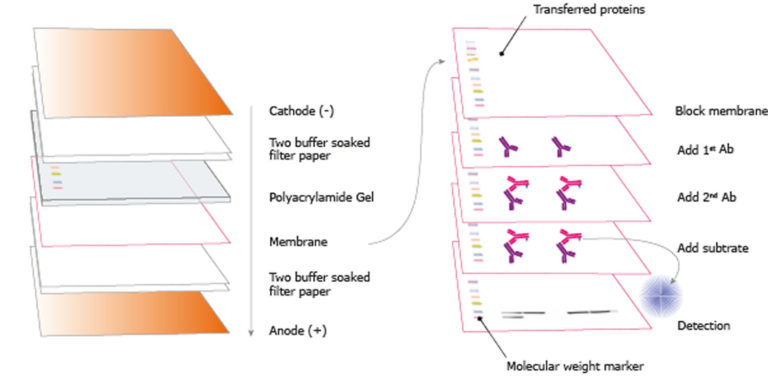

Medicine can relieve symptoms and shorten the length of the outbreaks, but medicine cannot cure the infection. Recurring infections can be triggered by stress, fatigue, sunlight, or another infection, such as a cold or flu. It “hides” in a certain type of nerve cell and causes more outbreaks of sores in some people. After you become infected with HSV, the virus stays in the body for life. Some blood tests can tell the difference between HSV‐1 and HSV‐2Ī herpes infection cannot be cured. Because antibodies take time to develop after the first infection, you may not have a positive antibody test if you have just recently been infected. Antibody tests are sometimes done but are not as accurate as a viral culture at finding the cause of a specific sore or ulcer. Antibody tests cannot tell the difference between a current active herpes infection and a herpes infection that occurred in the past. Blood tests can find antibodies that are made by the immune system to fight a herpes infection.
#Western blot test for herpes skin
The PCR test is not often done on skin sores, but it is best for testing spinal fluid, for those rare cases in which herpes may cause an infection in or around the brain. This test can tell the difference between HSV‐1 and HSV‐2. PCR finds the genetic material (DNA) of the HSV virus. A PCR test can be done on cells or fluid from a sore or on blood or on other fluid, such as spinal fluid.

This test may be done with or in place of a viral culture. This test finds markers (called antigens) on the surface of cells infected with the Herpes virus. Cells from a fresh sore are scraped off and then smeared onto a microscope slide. But the culture often fails to find the virus even when it is present (false‐negative results). A viral culture is the best method of identifying a genital herpes infection. Cells or fluid from a fresh sore are collected with a cotton swab and placed in a culture cup. To see whether sores are caused by HSV, different types of tests may be done. In rare cases, the test may be done using other types of samples, such as spinal fluid, blood, urine, or tears. Tests for HSV are most often done only for sores in the genital area. In rare cases, HSV can infect other parts of the body, such as the eyes and the brain. HSV‐2 is generally spread by sexual contact. HSV‐2 also causes the herpes infection seen in babies who are delivered vaginally in women who have genital herpes. HSV type 2 causes sores in the genital area (genital herpes), such as on or around the vagina or penis.HSV‐1 can also cause sores around the genitals HSV‐1 is generally spread by kissing or by sharing eating utensils (such as spoons or forks) when sores are present. HSV type 1 causes cold sores (also called fever blisters) on the lips.A herpes infection may cause only a single outbreak of sores, but in many cases the person will have more outbreaks. An HSV infection can cause small, painful sores that look like blisters on the skin or the tissue lining (mucous membranes) of the throat, nose, mouth, urethra, rectum, and vagina. Herpes tests are done to find the herpes simplex virus (HSV).


 0 kommentar(er)
0 kommentar(er)
